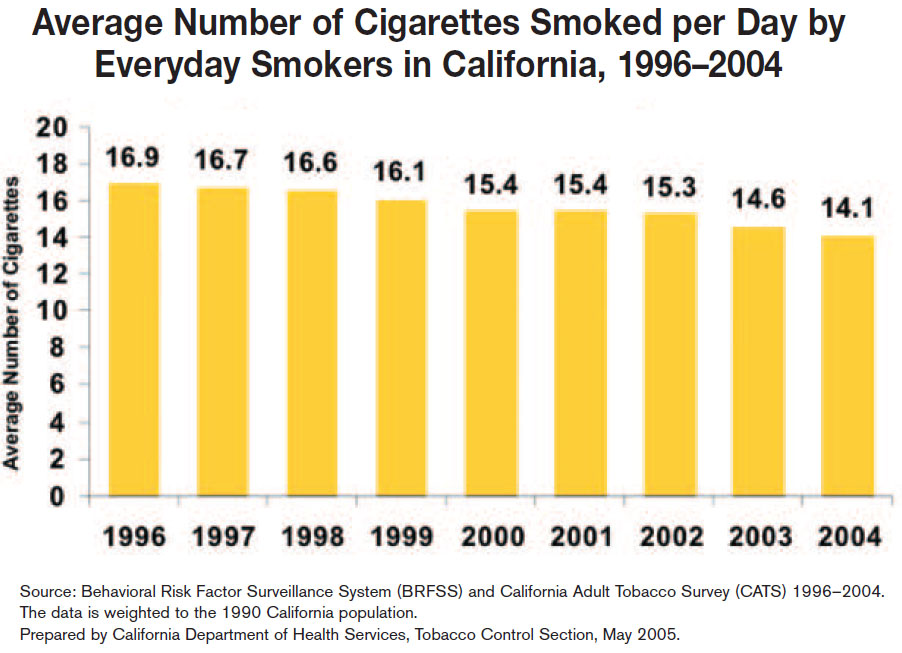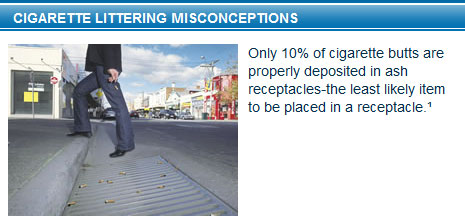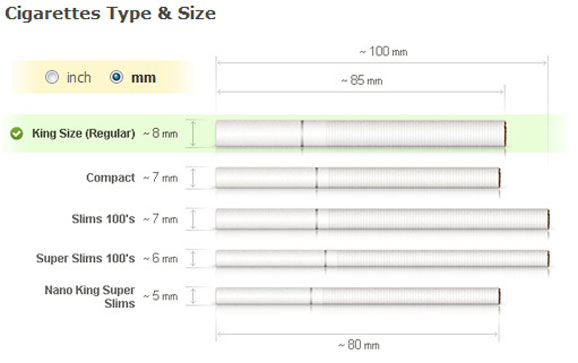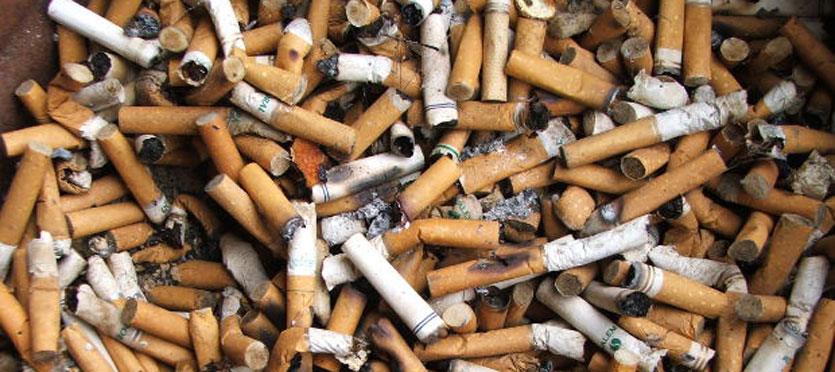Download
The Situation
The Challenge(s)
- How big of a building would all the cigarette butts littered every day in the United States fill? A classroom? An auditorium? A stadium?
- How long would it take to fill a ____________?
- How long would a line of cigarette butts littered each day measure?
Question(s) To Ask
- What information would be useful in figuring this out?
- What factors may affect your answer’s accuracy?
- What is a guess for ______________ that is too low?
- What is a guess for ______________ that is too high?
Consider This
- It has been said that “There are three kinds of lies: lies, damned lies, and statistics.” As such, it is worth discussing the general accuracy of statistics with students.
- Students may begin by finding the number of smokers (43.5 million as of 2010) and on average how many cigarettes they smoke each day (14.1 as of 2004).
- Using that information and that only 90% of cigarette butts are littered (10% are properly disposed), you get 552,015,000 cigarette butts littered each day.
- With that number of littered cigarette butts you can multiply it by an estimate for the volume of a cigarette butt (1.758 cubic centimeters based on King Size and a cylinder with a ~8 mm diameter and ~35 mm height) using its dimensions.
- This gives a volume of ~970 cubic meters. Students can then determine the volume of a classroom and cafeteria. The volumes of an auditorium and stadium are given.
What You'll Need
- Number of smokers in the United States:

- Average number of cigarettes smoked each day:

- Percentage of cigarettes littered:

- Dimensions of a cigarette:

- Volume of an auditorium:

- Volume of a stadium:

Content Standard(s)
- CCSS 5.MD.3 – Recognize volume as an attribute of solid figures and understand concepts of volume measurement.
- CCSS 5.MD.4 – Measure volumes by counting unit cubes, using cubic cm, cubic in, cubic ft, and improvised units.
- CCSS 5.MD.5 – Relate volume to the operations of multiplication and addition and solve real world and mathematical problems involving volume.
- CCSS G-GMD.3 – Use volume formulas for cylinders, pyramids, cones, and spheres to solve problems.
- CCSS G-MG.1 – Use geometric shapes, their measures, and their properties to describe objects (e.g., modeling a tree trunk or a human torso as a cylinder).
Source(s)
- Cigoutlet.net
- Center for Disease Control (CDC)
- California Department of Health Services
- preventcigarettelitter.org
- Wikipedia (Wembley Stadium)
- Wikipedia (Great Hall of the People)
Download



1 Comment